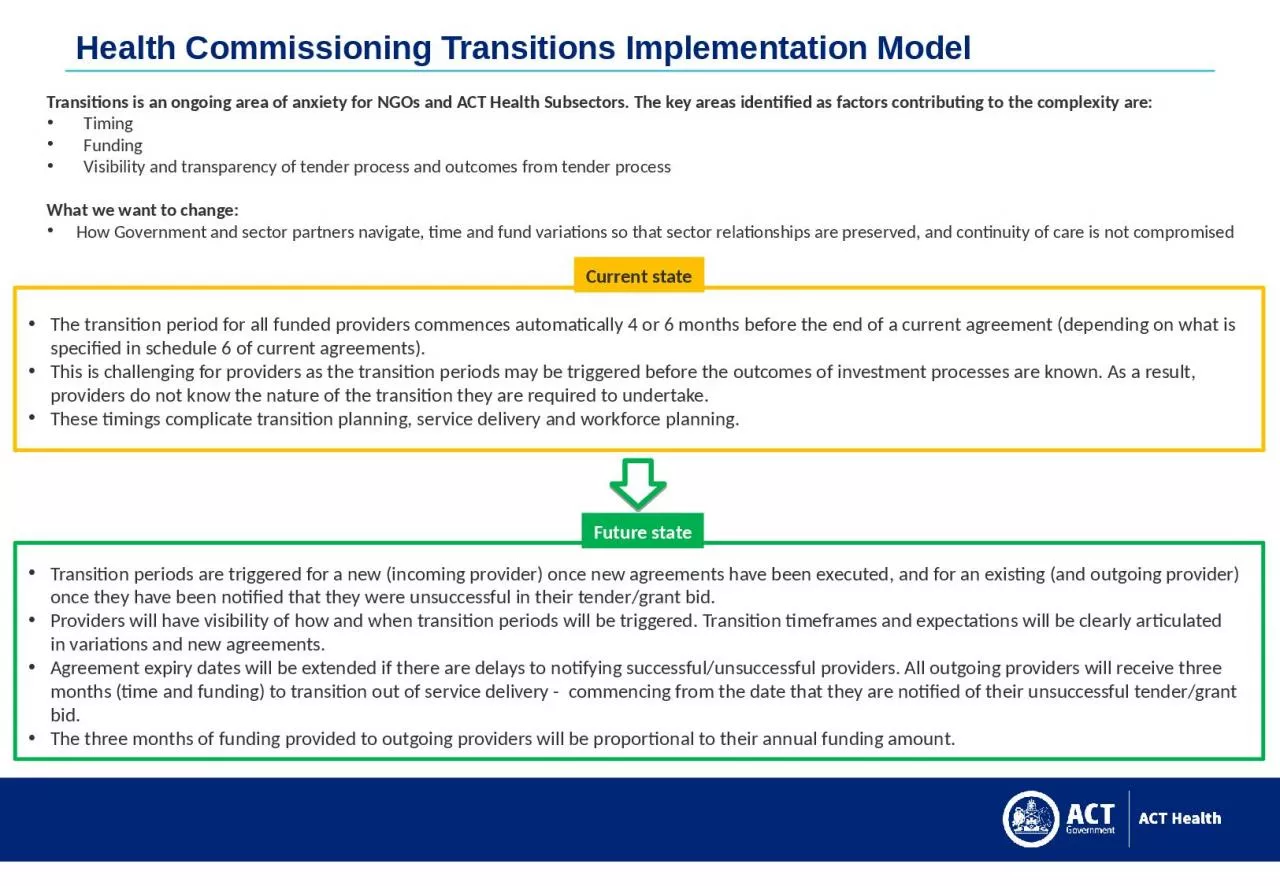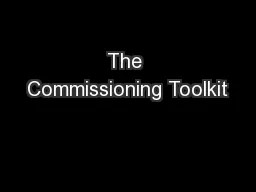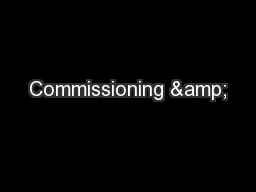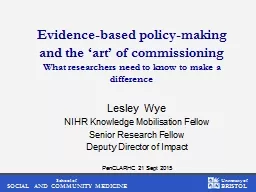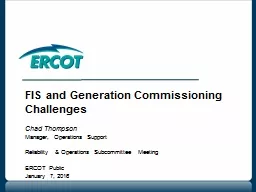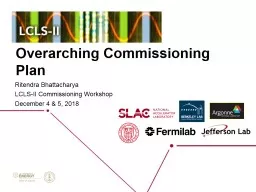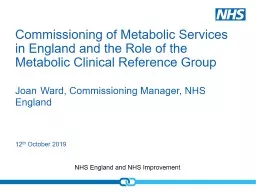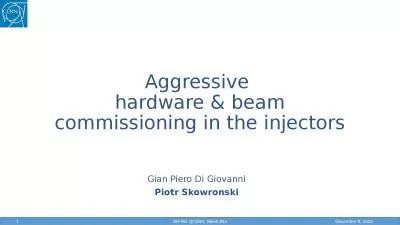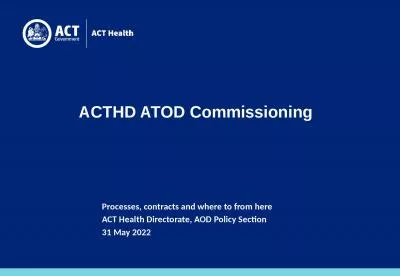PPT-Health Commissioning Transitions Implementation Model
Author : danya | Published Date : 2023-11-08
Current state Future state The transition period for all funded providers commences automatically 4 or 6 months before the end of a current agreement depending on
Presentation Embed Code
Download Presentation
Download Presentation The PPT/PDF document "Health Commissioning Transitions Impleme..." is the property of its rightful owner. Permission is granted to download and print the materials on this website for personal, non-commercial use only, and to display it on your personal computer provided you do not modify the materials and that you retain all copyright notices contained in the materials. By downloading content from our website, you accept the terms of this agreement.
Health Commissioning Transitions Implementation Model: Transcript
Download Rules Of Document
"Health Commissioning Transitions Implementation Model"The content belongs to its owner. You may download and print it for personal use, without modification, and keep all copyright notices. By downloading, you agree to these terms.
Related Documents

